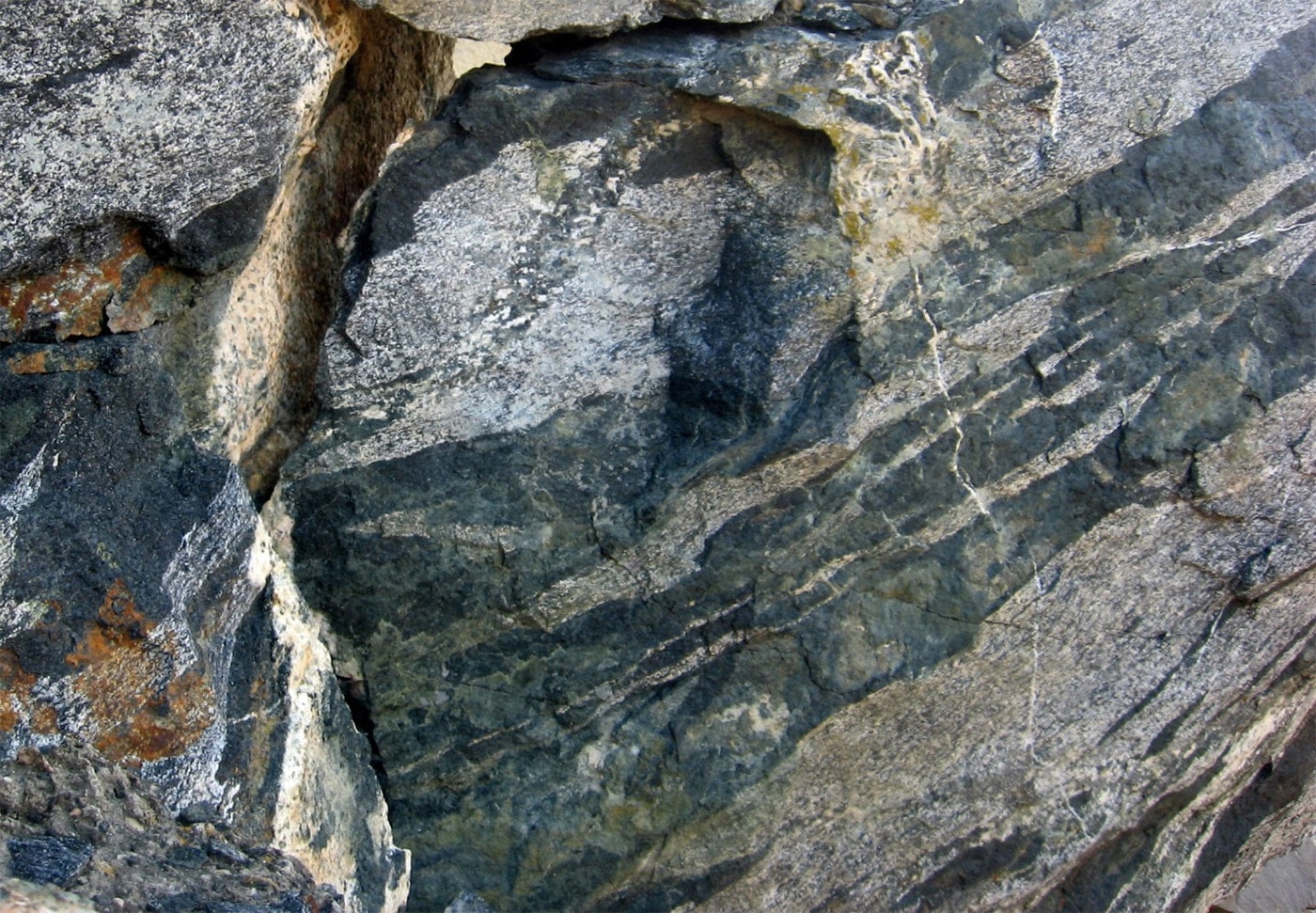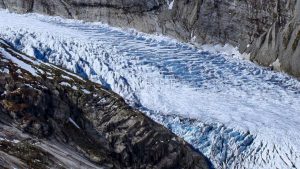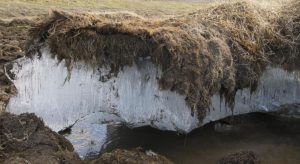
34 interesting facts about Metamorphism (geology)
- 👁️ 1050
Metamorphism, a fundamental geological process, plays a crucial role in the rock cycle, transforming the mineral composition and texture of rocks through heat, pressure, and chemically active fluids. This process is responsible for the creation of metamorphic rocks, which tell stories of the Earth’s dynamic interior and its geological history. Unlike igneous and sedimentary rocks, which form from molten magma and the accumulation of sediments respectively, metamorphic rocks originate from the alteration of existing rock types, highlighting the Earth’s continual state of flux. From the towering peaks of mountain ranges to the schist stones beneath our feet, metamorphic processes shape much of our planet’s crust. Let’s delve into some interesting and informative facts about metamorphism that reveal the complexity and significance of this transformative process.
- The term “metamorphism” comes from the Greek words “meta,” meaning change, and “morph,” meaning form, indicating the process of changing form.
- Metamorphic rocks can form from igneous, sedimentary, or other metamorphic rocks that undergo transformation.
- There are two main types of metamorphism: contact metamorphism, caused by heat from magma intruding into surrounding rock, and regional metamorphism, caused by widespread pressure and heat over large areas, typically associated with mountain building.
- Slate, a common metamorphic rock, forms from the metamorphism of shale and is used in roofing, flooring, and other construction materials.
- The process of metamorphism can increase the density of rocks, as the space between mineral grains is reduced.
- Marble, another well-known metamorphic rock, originates from limestone or dolomite and is prized for its use in sculpture and architecture.
- Quartzite, formed from the metamorphism of quartz sandstone, is so durable that it can withstand harsh weather conditions, making it an excellent choice for railway ballast and road construction.
- Garnet, a mineral commonly formed in metamorphic rocks, is used as an abrasive in sandpaper and grinding wheels.
- The conditions of metamorphism are categorized into three facies: low-grade (low temperature and pressure), medium-grade, and high-grade (high temperature and pressure).
- Metamorphic rocks can exhibit foliation, a layered or banded appearance, caused by the alignment of mineral grains under directional pressure.
- The Blue Ridge Mountains in the United States are composed largely of metamorphic rocks, illustrating the connection between metamorphism and mountain building.
- Geothermal gradients, which describe the rate at which Earth’s temperature increases with depth, play a key role in determining the conditions of metamorphism.
- Migmatites, which display features of both igneous and metamorphic rocks, form when rocks partially melt and then recrystallize.
- Water and other fluids can act as catalysts in metamorphism, facilitating the movement of ions and promoting recrystallization.
- The study of metamorphic rocks can provide valuable information about the conditions and processes deep within the Earth’s crust.
- Some metamorphic processes can lead to the concentration of valuable minerals and ores, making metamorphic rocks important for mining.
- The Scottish Highlands, the Himalayas, and parts of the Alps are notable for their extensive metamorphic rock formations.
- Serpentinite, a metamorphic rock composed predominantly of serpentine minerals, forms from the alteration of ultramafic rocks from the Earth’s mantle.
- Shock metamorphism occurs when rocks are subjected to extremely high pressures, such as those produced by meteorite impacts.
- Metamorphic rocks that lack foliation, such as marble and quartzite, are referred to as non-foliated.
- The process of exhumation brings metamorphic rocks from deep within the Earth’s crust to the surface, often through erosion and tectonic movements.
- Index minerals, like garnet, kyanite, and staurolite, are used by geologists to estimate the temperature and pressure conditions during metamorphism.
- The process of metamorphism can take millions of years, illustrating the slow pace of geological processes.
- Metasomatism is a type of metamorphism that involves the chemical alteration of a rock by hydrothermal fluids.
- Schist, a foliated metamorphic rock, derives its name from a Greek word meaning “to split,” reflecting its tendency to break along planes of weakness.
- Gneiss, another common metamorphic rock, forms at high temperatures and pressures and exhibits a distinct banding of light and dark minerals.
- Differential stress, where pressure is greater in one direction, can lead to the formation of elongated or flattened mineral grains in metamorphic rocks.
- Regional metamorphism often occurs along convergent plate boundaries, where tectonic plates collide and generate substantial heat and pressure.
- The Precambrian Shield regions of continents, which are composed of ancient metamorphic rocks, provide insights into the early history of the Earth.
- Burial metamorphism occurs when rocks are buried to great depths in sedimentary basins, subjecting them to increased temperature and pressure.
- Metamorphism can cause the decomposition of unstable minerals and the growth of new, stable minerals suited to the metamorphic conditions.
- Ultrahigh-pressure metamorphism, involving pressures greater than those in the Earth’s crust, indicates subduction of continental material to mantle depths.
- Eclogite, a high-pressure metamorphic rock, forms when basalt is subducted into the mantle, and its distinctive red and green minerals indicate extreme metamorphic conditions.
- Retrograde metamorphism occurs when metamorphic rocks are exposed to decreasing temperatures and pressures, often during exhumation, leading to the alteration of mineral assemblages.
Metamorphism represents one of the Earth’s most fascinating geological processes, illustrating the dynamic nature of our planet’s interior. Through the transformation of rocks, metamorphism creates stunning and diverse mineral assemblages that not only contribute to our understanding of geological processes but also provide valuable resources. The study of metamorphic rocks and the conditions under which they form offers insights into the complex interactions between temperature, pressure, and chemistry that have shaped the Earth’s crust over billions of years. As we continue to explore the depths of the Earth, the study of metamorphism remains a key to unlocking the secrets of our planet’s past and present.











